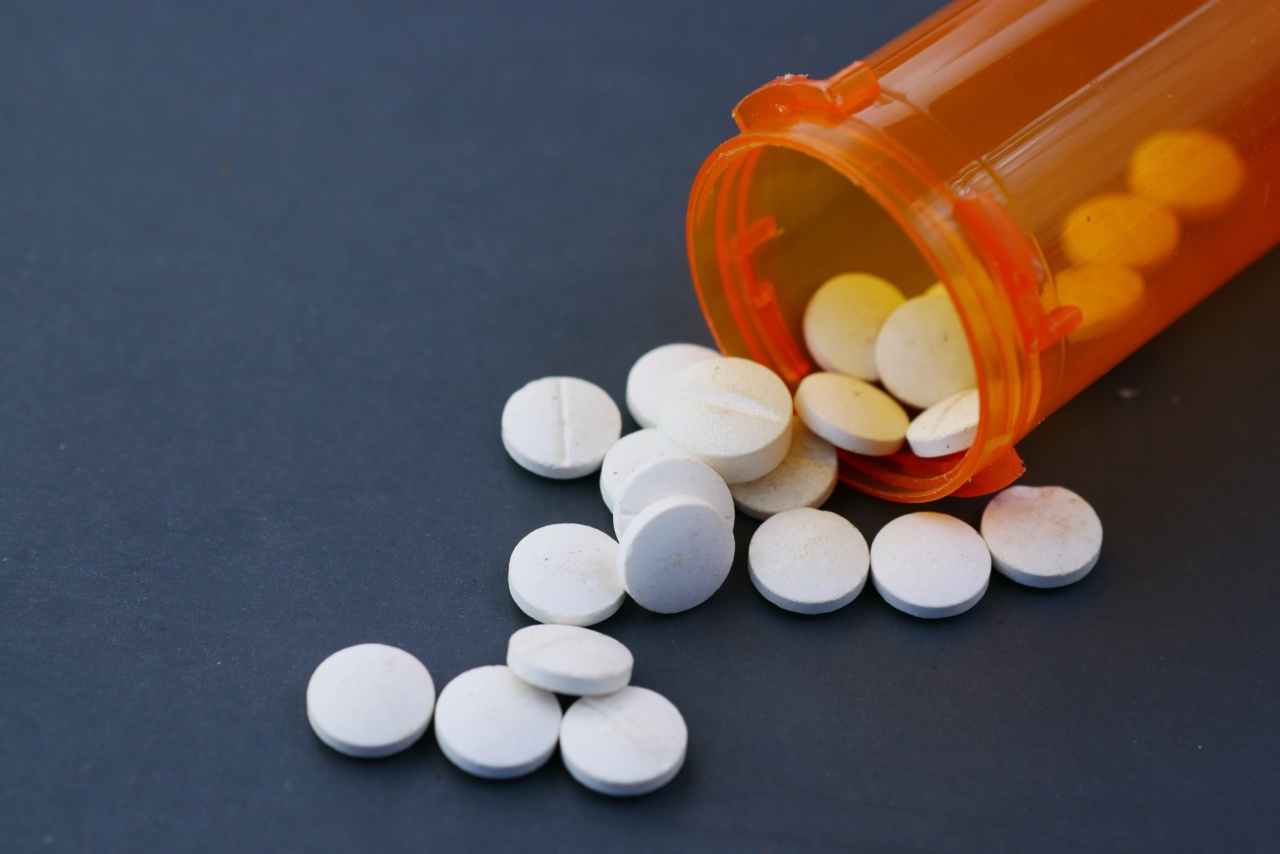Parkinson’s disease is a neurodegenerative disorder that affects millions of people worldwide. It is characterized by the progressive loss of dopamine-producing cells in the brain, leading to various motor and non-motor symptoms.
While there is currently no cure for Parkinson’s disease, several drugs are prescribed to manage its symptoms and improve the quality of life for patients. In this article, we will explore some of the commonly prescribed drugs used to combat Parkinson’s disease.
Levodopa/Carbidopa (Sinemet)
Levodopa is the most effective drug in treating Parkinson’s disease. It works by converting into dopamine in the brain, thereby supplementing the reduced levels of dopamine.
Carbidopa is often combined with levodopa to enhance its effectiveness and reduce side effects. Sinemet, a combination of levodopa and carbidopa, is a widely prescribed medication for managing motor symptoms such as tremors, stiffness, and slowness of movement.
Dopamine Agonists
Dopamine agonists are a class of drugs that directly stimulate the dopamine receptors in the brain. They mimic the action of dopamine, thereby alleviating motor symptoms and improving motor function.
Some commonly prescribed dopamine agonists include pramipexole (Mirapex), ropinirole (Requip), and rotigotine (Neupro). These medications are often used in combination with levodopa or as the initial therapy in early-stage Parkinson’s disease.
MAO-B Inhibitors
MAO-B inhibitors work by inhibiting the activity of an enzyme called monoamine oxidase type B, which breaks down dopamine. By blocking this enzyme, MAO-B inhibitors increase the levels of dopamine in the brain and prolong its action.
Selegiline (Eldepryl) and rasagiline (Azilect) are two commonly prescribed MAO-B inhibitors used as adjunct therapy with levodopa or as monotherapy in early-stage Parkinson’s disease.
Catechol-O-Methyltransferase (COMT) Inhibitors
COMT inhibitors are another class of drugs that prevent the breakdown of dopamine in the brain. By inhibiting the COMT enzyme, these medications increase the levels of dopamine and prolong its effect.
Entacapone (Comtan) and tolcapone (Tasmar) are two commonly prescribed COMT inhibitors used in combination with levodopa to manage motor fluctuations in advanced Parkinson’s disease.
Anticholinergics
Anticholinergic drugs block the action of acetylcholine, a neurotransmitter that is overactive in Parkinson’s disease. By reducing the activity of acetylcholine, anticholinergics help alleviate tremors and stiffness.
However, they are less commonly prescribed due to their potential side effects, especially in older individuals. Some examples of anticholinergics used in Parkinson’s disease include trihexyphenidyl (Artane) and benztropine (Cogentin).
Amantadine
Amantadine is an antiviral drug that also exhibits antiparkinsonian effects. Its exact mechanism of action in Parkinson’s disease is not fully understood.
However, it is believed to increase the release of dopamine, block the reuptake of dopamine, and inhibit the action of glutamate, an excitatory neurotransmitter. Amantadine is often used to manage dyskinesias (involuntary movements) and can be helpful in the early stages of the disease.
Apomorphine (Apokyn)
Apomorphine is a potent dopamine agonist that is administered via subcutaneous injection.
It is typically used as a rescue medication for the acute treatment of “off” episodes, where motor symptoms are not adequately controlled by oral medications. Apomorphine rapidly improves motor function and can provide relief within minutes. However, it is reserved for advanced-stage Parkinson’s disease and requires careful monitoring due to its potential side effects.
Deep Brain Stimulation
Deep brain stimulation (DBS) is a surgical procedure that involves implanting electrodes into specific regions of the brain. These electrodes deliver electrical impulses that regulate abnormal brain activity responsible for Parkinson’s symptoms.
Although not a medication, DBS is an important therapeutic option for advanced Parkinson’s disease when medications fail to adequately control symptoms.
Other Medications for Non-Motor Symptoms
In addition to the above-mentioned drugs for motor symptoms, several medications are prescribed to manage non-motor symptoms associated with Parkinson’s disease. These include antidepressants, antipsychotics, anxiolytics, and sleep medications.
It’s important for healthcare professionals to assess and address the full range of symptoms that patients with Parkinson’s may experience.
Conclusion
Parkinson’s disease is a complex neurodegenerative disorder that requires a comprehensive treatment approach.
While there is no cure, prescribed medications play a crucial role in managing the symptoms and improving the quality of life for patients. Levodopa, dopamine agonists, MAO-B inhibitors, COMT inhibitors, anticholinergics, amantadine, apomorphine, and deep brain stimulation are among the prescribed drugs used to combat the motor symptoms of Parkinson’s disease.
Additionally, medications targeting non-motor symptoms are vital in addressing the multifaceted nature of the condition. It is important for patients to work closely with their healthcare team to find the most effective treatment regimen for their specific needs.



























